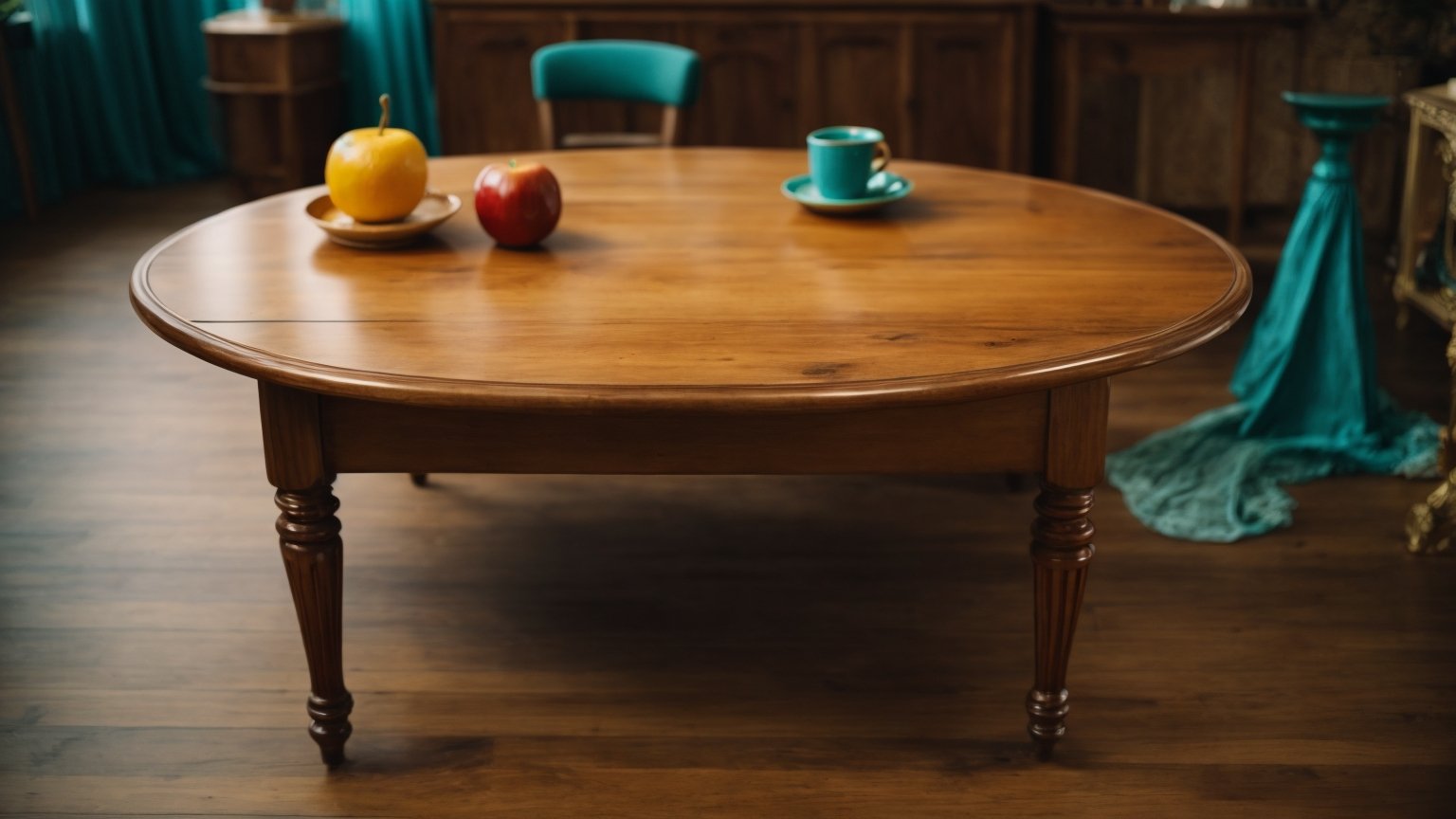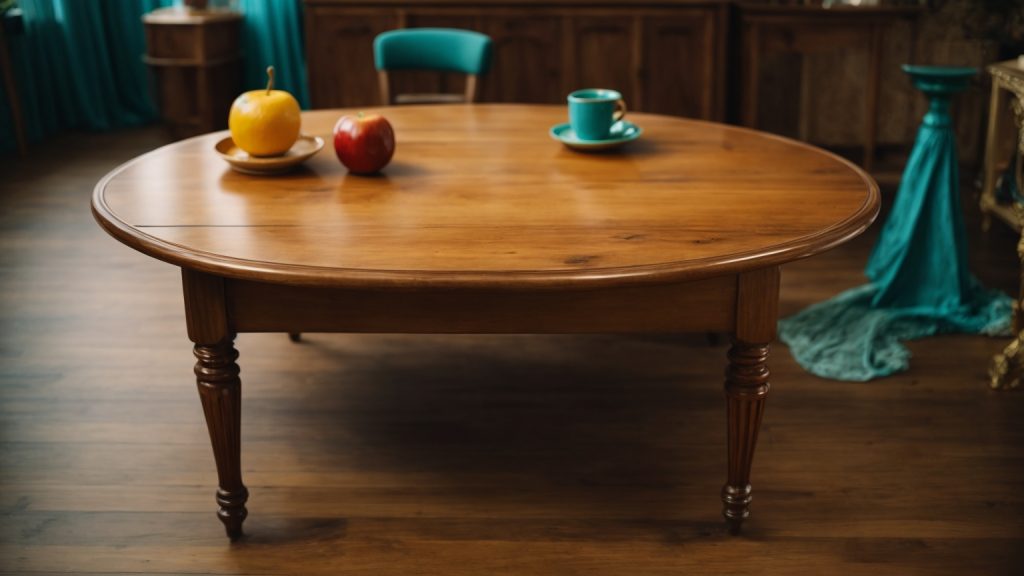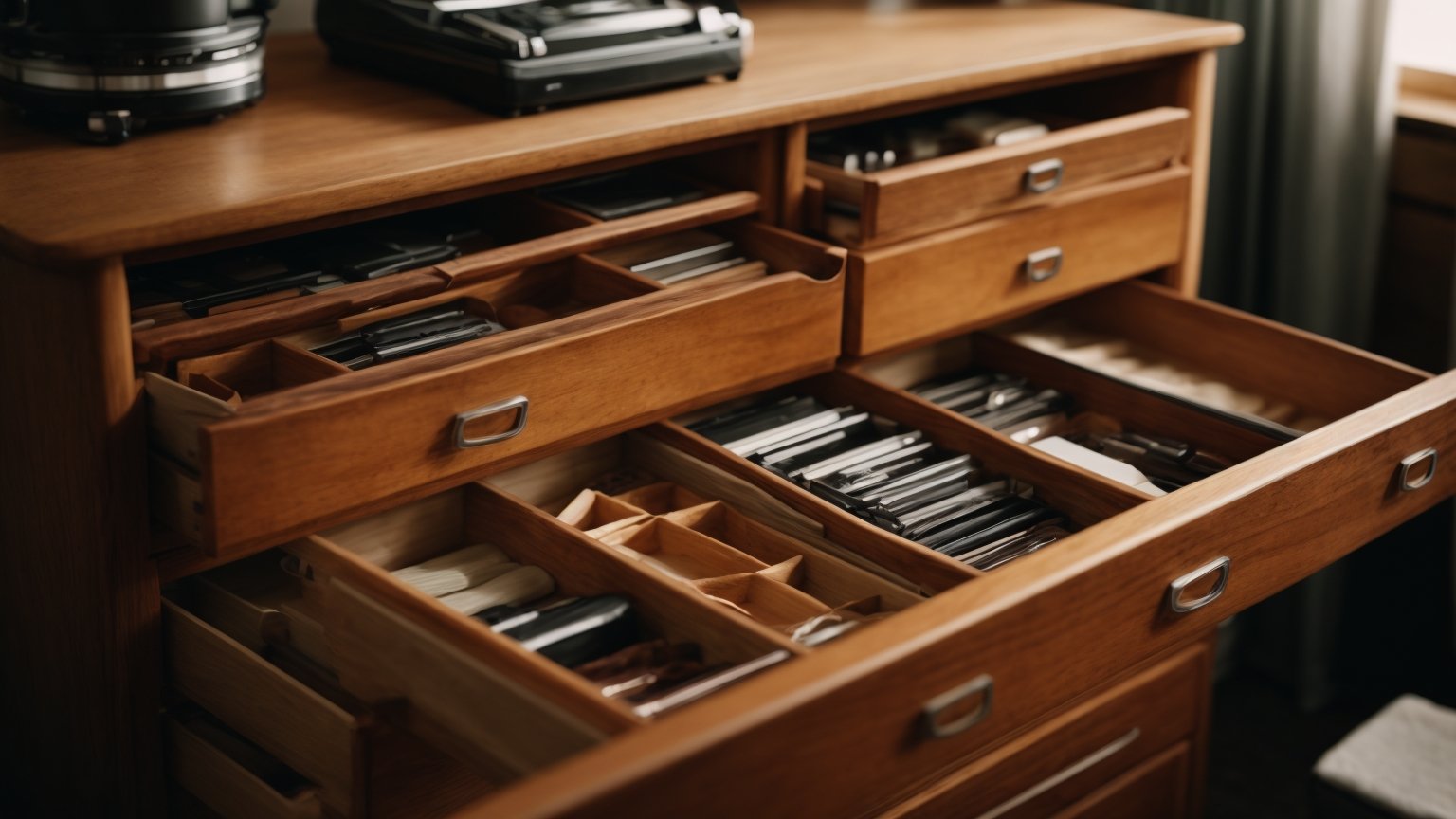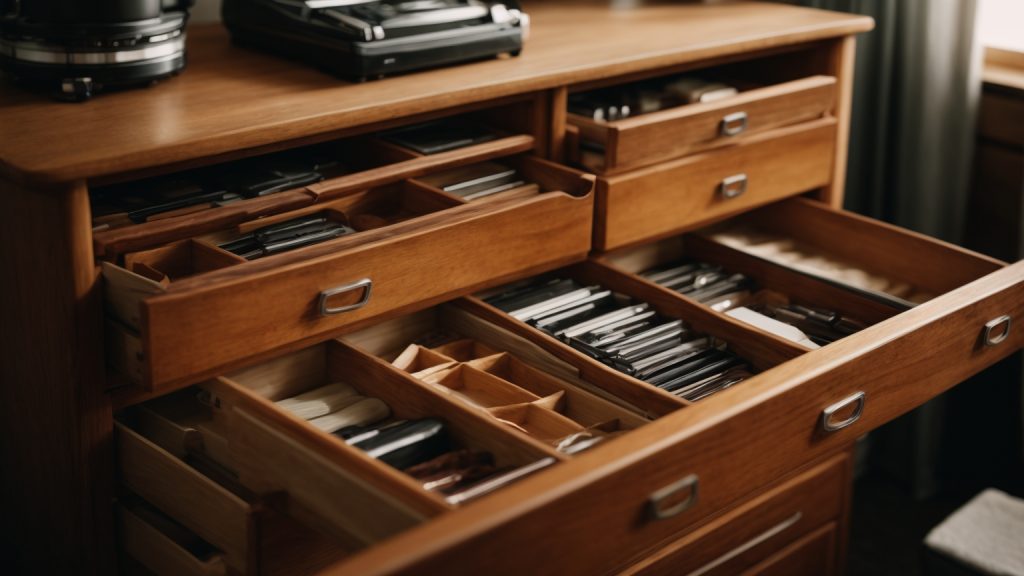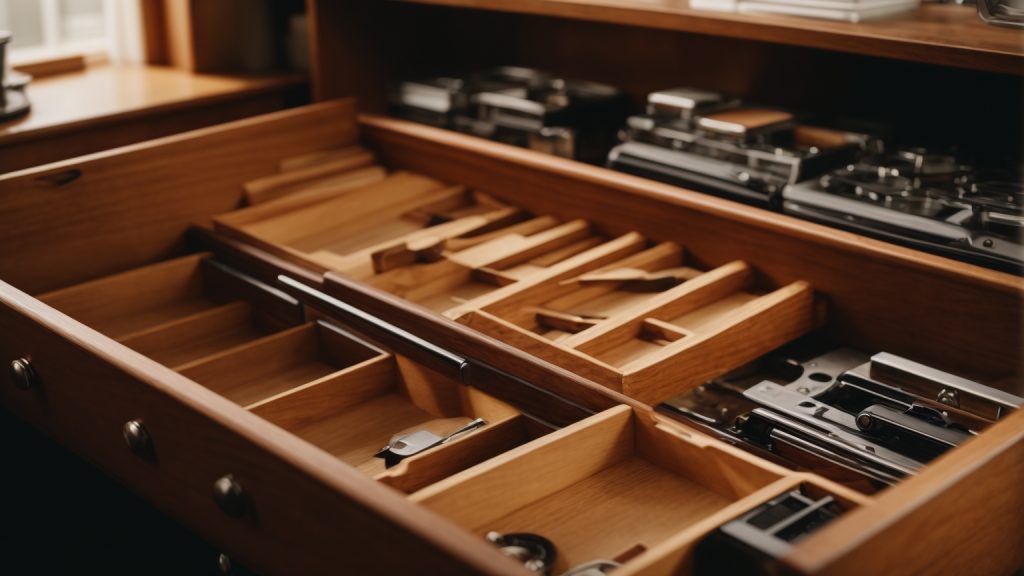Fixing a hole in a wooden door may seem like a daunting task, but it is actually a simple DIY project that you can easily do yourself. Whether you have a hollow-core or solid wood door, there are a variety of methods you can use to repair the hole and make your door look as good as new.
If you have a hollow-core door, the most common method involves using a quick expansion filler to fill the space in the door and then sanding it down and painting it to match the existing color. For solid wood doors, you can use string, glue, and putty to fill the hole and make a seamless repair. With a little bit of time and effort, you can easily fix the hole and avoid the cost of replacing the entire door.
In this article, we will provide you with step-by-step instructions on how to fix a hole in a wooden door, including the tools and materials you will need. Whether you are a seasoned DIYer or a beginner, our guide will help you make the repair quickly and easily. So, roll up your sleeves and let’s get started!
Recognizing the Type of Hole
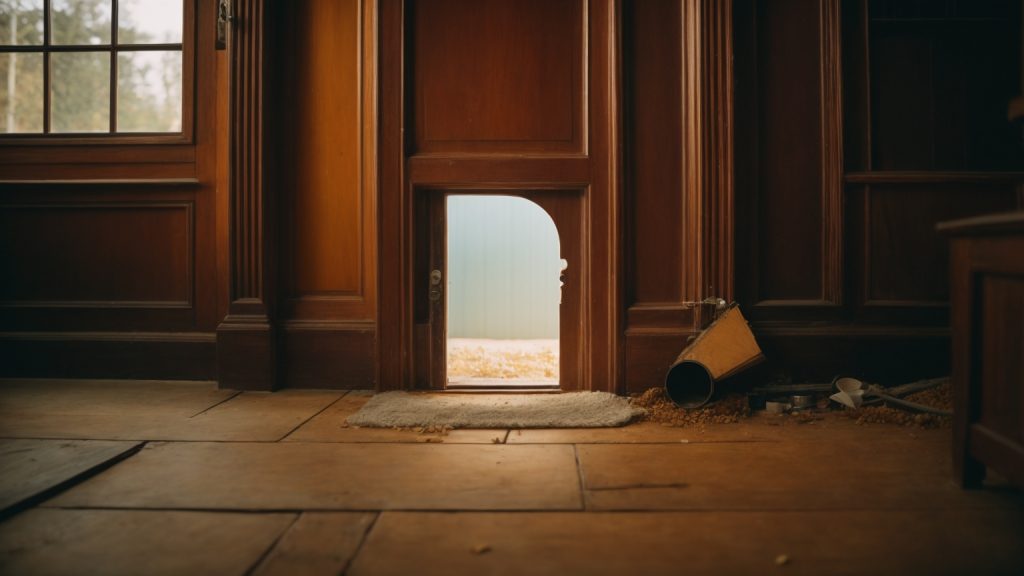
When it comes to fixing a hole in a wooden door, the first step is to recognize the type of hole you’re dealing with. Different types of holes require different approaches to repair. Here are some common types of holes you may encounter:
Small Holes
Small holes in wooden doors are typically caused by screws or nails. These holes are usually less than 1/4 inch in diameter. To fix a small hole, you can use wood filler or putty. Here’s how:
- Clean the hole with a damp cloth to remove any debris.
- Apply wood filler or putty to the hole, using a putty knife.
- Smooth out the surface of the filler or putty with the putty knife.
- Let the filler or putty dry completely, according to the manufacturer’s instructions.
- Sand the surface of the filler or putty until it’s smooth.
- Prime and paint the repaired area to match the rest of the door.
Large Holes
Large holes in wooden doors are usually caused by accidental impact or damage. These holes are typically more than 1/4 inch in diameter. To fix a large hole, you’ll need to use a patch or a new piece of wood. Here’s how:
- Cut a piece of wood that’s slightly larger than the hole.
- Place the wood over the hole and trace around it with a pencil.
- Cut out the traced area with a jigsaw or handsaw.
- Apply wood glue to the back of the patch or new piece of wood.
- Insert the patch or new piece of wood into the hole and press it firmly in place.
- Let the glue dry completely, according to the manufacturer’s instructions.
- Sand the surface of the patch or new piece of wood until it’s flush with the rest of the door.
- Prime and paint the repaired area to match the rest of the door.
Cracks or Splits
Cracks or splits in wooden doors are usually caused by changes in temperature or humidity. These types of holes can be more difficult to repair. Here’s how:
- Use a putty knife to clean out any debris from the crack or split.
- Apply wood glue to the crack or split, using a small brush.
- Use a clamp to hold the crack or split closed while the glue dries.
- Let the glue dry completely, according to the manufacturer’s instructions.
- Sand the surface of the repaired area until it’s smooth.
- Prime and paint the repaired area to match the rest of the door.
By recognizing the type of hole you’re dealing with, you can choose the appropriate method to fix it. With a little bit of effort, you can have your wooden door looking as good as new again.
Gathering Necessary Tools and Materials
Before you begin fixing a hole in your wooden door, you need to gather the necessary tools and materials. Here is a list of things you will need to fix a hole in a wooden door:
For Small Holes
If you have a small hole in your wooden door, you will need the following tools and materials:
| Tools | Materials |
|---|---|
| Hammer | Wood filler |
| Sandpaper | Paint or stain |
| Paintbrush |
For Large Holes
If you have a large hole in your wooden door, you will need the following tools and materials:
| Tools | Materials |
|---|---|
| Jigsaw or handsaw | Plywood or wooden patch |
| Sandpaper | Wood glue |
| C-clamps | Paint or stain |
| Paintbrush |
For Cracks or Splits
If your wooden door has cracks or splits, you will need the following tools and materials:
| Tools | Materials |
|---|---|
| Chisel | Wood glue |
| Hammer | Clamps |
| Sandpaper | Wood filler |
| Paint or stain | Paintbrush |
Make sure to gather all the necessary tools and materials before starting the repair process. This will make the process smoother and faster.
Fixing Small Holes
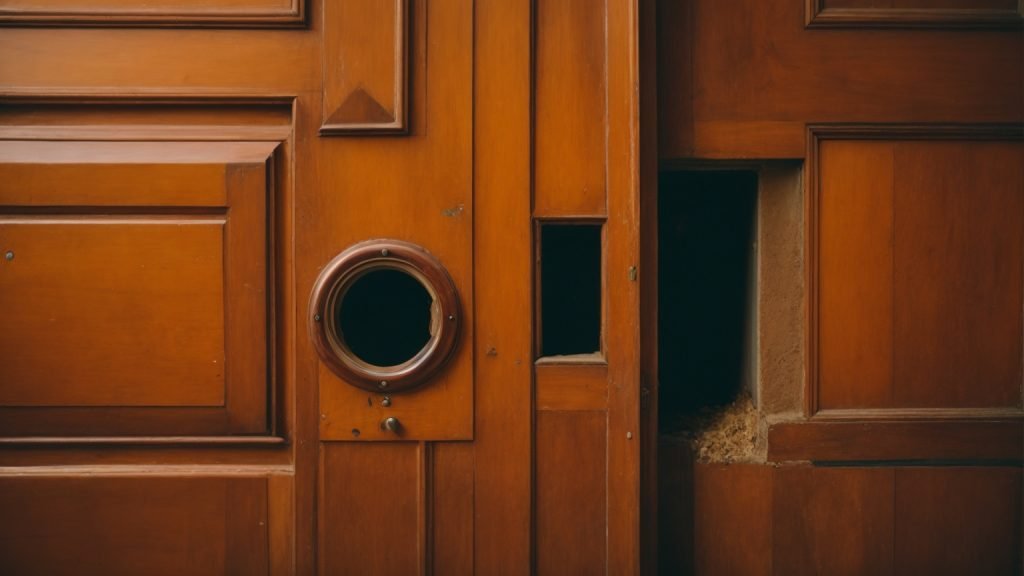
Fixing small holes in a wooden door is a simple job that you can do yourself. Here are the steps to follow:
Preparation
Before you start, you need to gather the necessary materials. You will need wood filler, sandpaper, a putty knife, a damp cloth, and paint or stain that matches the door. Once you have everything you need, follow these steps:
- Clean the area around the hole with a damp cloth to remove any dirt or debris.
- Use a putty knife to apply wood filler to the hole. Make sure to fill the hole completely and smooth out the surface of the filler.
- Let the wood filler dry completely. This may take several hours depending on the product you are using.
Application of Wood Filler
Once the wood filler is dry, you can start sanding and finishing the door. Follow these steps:
- Use sandpaper to sand the surface of the wood filler until it is smooth and level with the surrounding wood.
- Use a damp cloth to remove any dust or debris from the surface of the door.
- Apply paint or stain to the door to match the existing color. You may need to apply more than one coat to achieve the desired color.
Sanding and Finishing
Once the paint or stain is dry, you can finish the job by sanding the surface of the door. Follow these steps:
- Use a fine-grit sandpaper to sand the surface of the door until it is smooth and even.
- Wipe the door with a damp cloth to remove any dust or debris.
- Apply a coat of finish to the door to protect it from future damage.
By following these simple steps, you can fix small holes in a wooden door and restore its appearance.
Repairing Large Holes
If you have a large hole in your wooden door, don’t worry, it can be fixed. Here is a step-by-step guide to repairing large holes in wooden doors.
Preparation
Before you begin the repair process, you need to prepare the door. First, remove any loose or splintered wood around the hole. Use sandpaper to smooth the edges of the hole and surrounding area. Clean the hole and the surrounding area with a cloth to remove any dust or debris.
Application of Wood Patch
Next, you need to apply a wood patch to fill the hole. There are different types of wood patches available, such as epoxy, wood filler, or wood putty. Choose the one that matches the color of your door.
To apply the wood patch, follow these steps:
- Mix the wood patch according to the instructions on the package.
- Apply the wood patch to the hole with a putty knife, filling it completely.
- Smooth the surface of the patch with the putty knife, making it level with the surface of the door.
- Let the patch dry completely, according to the instructions on the package.
Sanding and Finishing
Once the patch has dried, you need to sand and finish the door. Follow these steps:
- Sand the surface of the patch with sandpaper until it is smooth and level with the surface of the door.
- Clean the surface of the door with a cloth to remove any dust or debris.
- Apply a coat of primer to the patch and let it dry completely.
- Apply a coat of paint or stain to the patch, matching the color of the door. Let it dry completely.
- Apply a clear coat of varnish or polyurethane to the entire door to protect it from moisture and scratches.
By following these steps, you can repair a large hole in your wooden door and make it look like new again.
Mending Cracks or Splits
If your wooden door has cracks or splits, don’t worry. You can easily fix them with some wood glue and clamps. Here’s how:
Preparation
Before you start, gather the necessary materials. You’ll need wood glue, clamps, sandpaper, a putty knife, and a paintbrush. If the crack is dirty, clean it out with sandpaper. Then, apply wood glue to the crack using a putty knife. Make sure to spread the glue evenly over the entire crack.
Application of Wood Glue
Apply a generous amount of wood glue to the crack. Spread it evenly with a putty knife, making sure to fill the entire crack. If the crack is deep, you may need to apply the glue in layers, allowing each layer to dry before applying the next one.
Clamping and Finishing
Once you’ve applied the wood glue, clamp the crack shut. Use as many clamps as necessary to ensure a tight fit. Wipe off any excess glue with a damp cloth. Let the glue dry completely, which can take several hours or overnight. Once the glue is dry, sand the area smooth and paint or stain the door to match the rest of the surface.
By following these simple steps, you can mend cracks or splits in your wooden door and restore it to its original beauty.
Painting or Staining the Door
When it comes to fixing a hole in a wooden door, painting or staining the door is an essential step to make it look like new. Here are some tips to help you get the best results.
Choosing the Right Paint or Stain
Choosing the right paint or stain is crucial to ensure that the door looks good and lasts a long time. When selecting the paint or stain, consider the following:
- Type of wood: Different types of wood require different types of paint or stain. Make sure to choose a product that is suitable for the type of wood that your door is made of.
- Color: Choose a color that matches the existing color of the door or complements the overall color scheme of the room.
- Finish: The finish you choose will affect the final look of the door. Choose a finish that suits the style of the door and the room.
Application Process
Once you have chosen the right paint or stain, it’s time to apply it to the door. Here are some steps to follow:
- Sand the door: Sand the door to remove any rough spots or imperfections. This will help the paint or stain adhere better to the surface.
- Clean the door: Clean the door thoroughly to remove any dust or debris. Use a damp cloth or sponge to wipe down the surface.
- Apply the paint or stain: Apply the paint or stain using a brush or roller. Make sure to apply it evenly and follow the manufacturer’s instructions.
- Allow to dry: Allow the paint or stain to dry completely before applying a second coat or reattaching the door to its hinges.
- Apply a second coat (optional): If necessary, apply a second coat of paint or stain to achieve the desired look.
Remember to take your time and follow the instructions carefully to get the best results. With a little patience and effort, you can make your door look as good as new.
Preventive Measures for Future Damage
To avoid having to repair holes in your wooden door, there are some preventive measures you can take. Proper door handling and regular maintenance are key to preventing future damage.
Proper Door Handling
One of the most common causes of damage to wooden doors is improper handling. Here are some tips to help you handle your door properly:
- Avoid slamming the door shut, as this can cause the wood to crack or split.
- Don’t lean or hang heavy objects on the door, as this can cause the hinges to bend or the wood to warp.
- Use doorstops to prevent the door from swinging open too far and hitting the wall.
By following these simple tips, you can help prevent damage to your wooden door.
Regular Maintenance
Regular maintenance is also important to prevent damage to your wooden door. Here are some maintenance tips:
- Keep the door clean and free of dirt and debris. This can help prevent scratches and other damage to the wood.
- Apply a coat of wax or polish to the door every few months to help protect the wood and keep it looking new.
- Check the hinges and other hardware regularly to make sure they are tight and functioning properly.
By following these maintenance tips, you can help keep your wooden door in good condition and prevent future damage.
Remember, prevention is key when it comes to maintaining your wooden door. By handling your door properly and performing regular maintenance, you can help prevent damage and keep your door looking great for years to come.

